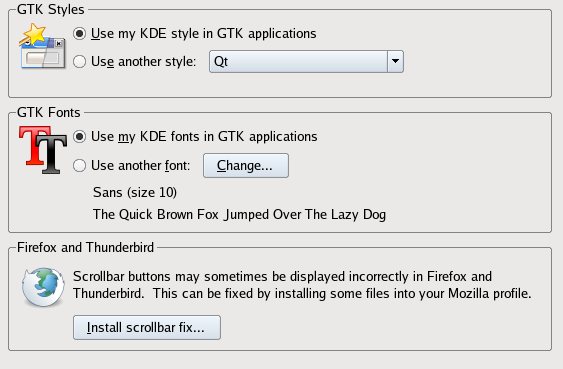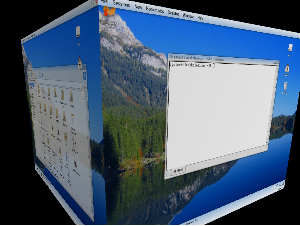Yes, you read that correctly. According to BBC News, MS are going to release free downloadable tools that allow Microsoft Office programs to save in the freely available and open OpenDocument format.
OpenDocument is already used as the primary format for OpenOffice.org, KOffice and some of the Gnome office tools like Abiword (actually I think Abiword is desktop neutral, someone correct me here) and Gnumeric.
Only thing I would like, is I’d like to see this functionality built into Office 2007, not just available as a download.
Still, this is great progress. Keep it up MS.



